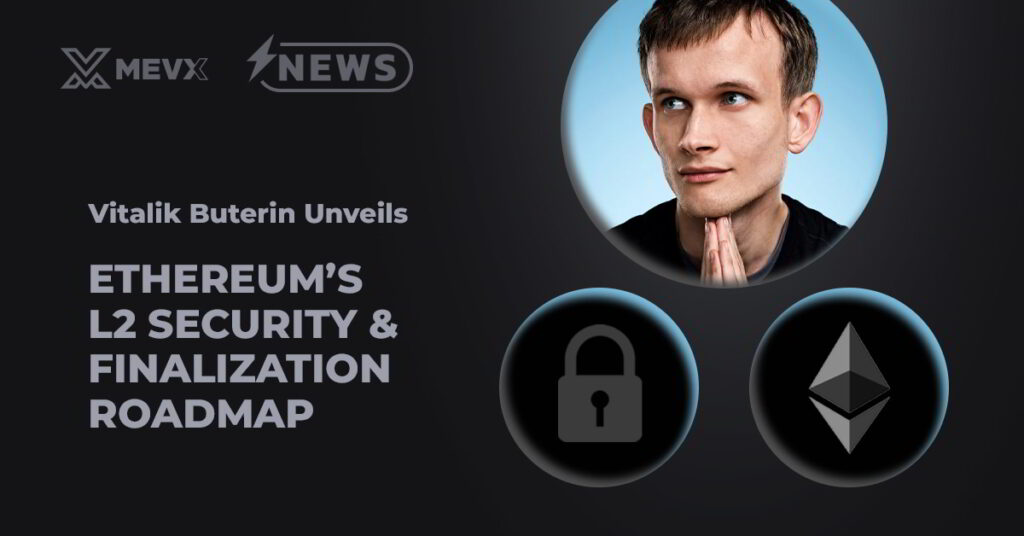Vitalik Buterin, Ethereum co-founder, released an article outlining the vision of Ethereum’s Layer 2 (L2) solutions.

Ethereum co-founder Vitalik Buterin has outlined a comprehensive vision for the future of Ethereum’s Layer 2 (L2) solutions in his article, “A Simple L2 Security and Finalization Roadmap,” published on March 28, 2025, on Ethereum Magicians. The roadmap focuses on three key directions to enhance L2 security, speed up transaction finalization, and reduce costs, aiming to create a more efficient and trustless ecosystem for Ethereum’s scaling solutions.
The narrative of Buterin’s roadmap centers on addressing the growing demands of L2 networks, which are critical for Ethereum’s scalability. The first pillar focuses on expanding data capacity to handle higher transaction throughput. The upcoming Pectra upgrade, set for May 2025, will increase Blob space to six units, with plans to scale further to 72 units by year-end through the Fusaka upgrade, or incrementally to 12-24 units if needed. This expansion ensures L2 solutions can support the increasing volume of transactions, making Ethereum more competitive for high-frequency applications like trading and DeFi.
Another key aspect of the roadmap is a hybrid proof system designed for rapid finalization. Buterin proposes a 2/3 multi-signature mechanism that integrates optimistic proofs, zero-knowledge (ZK) proofs, and trusted execution environment (TEE) hardware proofs. Under this system, transactions achieve immediate finalization if both ZK and TEE validations succeed; otherwise, a seven-day optimistic challenge period kicks in. A security committee can urgently upgrade proof logic with a 30-day delay, striking a balance between speed and attack resistance. This approach aims to enable cross-chain bridging within one hour, a significant improvement for L2 interoperability.
The roadmap also envisions cost-effectiveness via a shared ZK proof aggregation layer. One can standardize a proof aggregation protocol to allow various applications to share the cost of one proof, for instance, 500,000 Gas, and substantially reduce ZK verification costs. This promotes greater L2 and privacy protocol usage, making the Ethereum ecosystem more inclusive. In the long term, Buterin envisions the removal of TEE reliance, with the ultimate trustless L2 environment having security and efficiency as its focus. This roadmap positions Ethereum to meet the future needs of its users while remaining at the forefront of blockchain scalability.
Share on Social Media:
